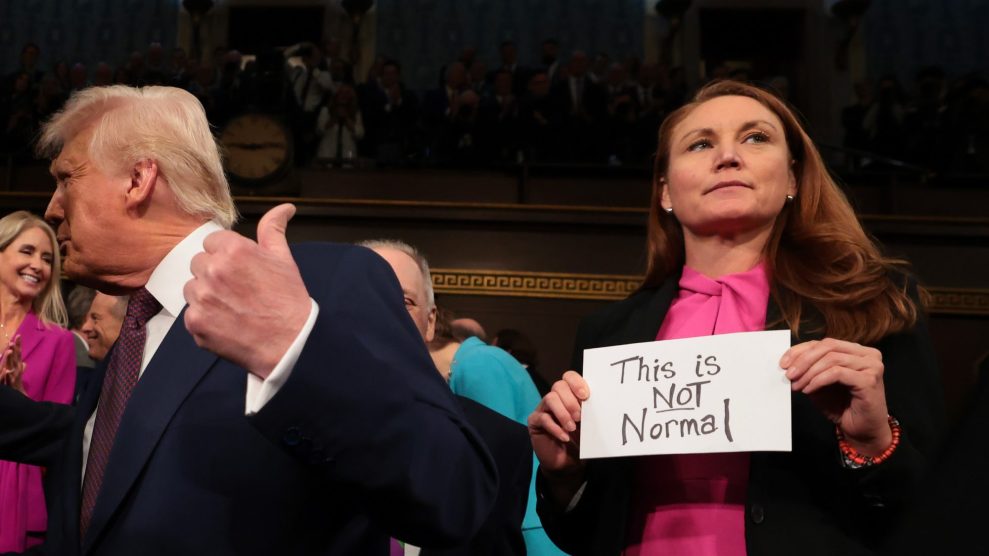Yesterday the Fed announced an open-ended commitment to monetary easing. That is, they didn’t announce a specific amount of easing, they announced that they would buy $40 billion in mortgage-backed bonds every month for an indefinite period until the labor market showed signs of recovery. This was an attempt to leverage the “expectations channel” — that is, to affect the behavior of the market by making a credible promise that monetary policy will remain loose far into the future.
So who should we credit for the idea that Fed guidance could be an important policy tool when short-term interest rates are already at the Zero Lower Bound and can’t be reduced further? Maybe the guy who wrote this in 2004:
Although communication is always important, its importance may be elevated when the policy rate is constrained by the ZLB. In particular, even with the overnight rate at zero, the central bank may be able to impart additional stimulus to the economy by persuading the public that the policy rate will remain low for a longer period than was previously expected. One means of doing so would be to shade interest-rate expectations downward is by making a commitment to the public to follow a policy of extended monetary ease. This commitment, if credible and not previously expected, should lower longer-term rates, support other asset prices, and boost aggregate demand.
The author of this paper, of course, is Ben Bernanke (along with Vincent Reinhart and Brian Sack). It’s a pretty well known paper, and the only reason I bring it up is to provide a counterpoint to a bit of budding blogosphere triumphalism that credits economist Scott Sumner with being the driving force behind yesterday’s Fed announcement. Tyler Cowen, for example, wrote that the Fed’s move “probably would not have happened [] if not for the heroic blogging efforts of Scott Sumner.”
I’m not so sure. Sumner has done heroic work, writing energetically about the power of Fed guidance for the past couple of years. There’s no question that he’s raised awareness of the topic, and he deserves kudos for that. At the same time, Ben Bernanke is one of the foremost monetary economists of our time, a guy who’s written extensively about historical episodes where conventional monetary policy has lost traction. I honestly don’t think he needed Scott Sumner to remind him of his options.
I know this sounds a little churlish, and I apologize for that. But I suspect the real backstory is a lot more complicated — and probably a lot more interesting, too. After all, Bernanke didn’t just have a sudden brainstorm yesterday. He already knew the expectations channel could be an important tool. What Bernanke really accomplished yesterday was to get near unanimity from his Fed colleagues to give the expectations channel a try, something I suspect he’s been working on for a while. What that took wasn’t a daily reading of Sumner’s blog, it was the simple passage of events. Up to now, his colleagues on the FOMC hadn’t all been convinced that further aggressive action was necessary, and a split FOMC obviously makes it impossible to make the kind of credible commitment that the expectations channel requires. But last year’s QE2 had a limited effect, Congress appears to be deadlocked on any kind of fiscal stimulus, and the labor market over the past four months has continued to weaken. Yesterday, at long last, nearly everyone on the board was willing to agree that something more was necessary. They were finally ready — very softly and very gingerly — to make a small and fairly fuzzy effort to use Fed communication as a tool to set future expectations.
Sumner may very well have played a role here. So did Michael Woodford. So, probably, did many others. But at a guess, the biggest role was played by exactly the guy you’d expect: Ben Bernanke.

















